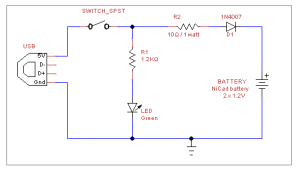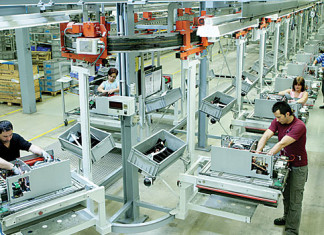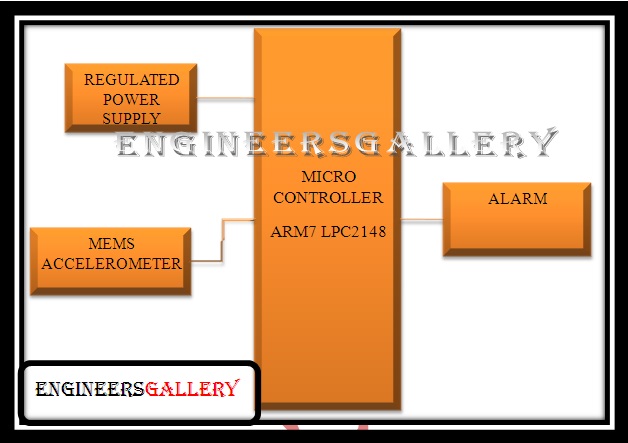Simple USB battery charger
Introduction
By using this circuit we can charge nickel – cadmium battery through USB port available in computer. Here the DC supply voltage (5volt) taken from USB port (Red wire +5V and Black wire GND), the green LED connected with R1 resistor is to indicate the supply. Diode D1 protects reverse polarity supply, take extra care on battery polarity while connect with this circuit.
A battery charger, or recharger, is a device used to put energy into a secondary cell or rechargeable battery by forcing an electric current through it.
The charging protocol depends on the size and type of the battery being charged. Some battery types have high tolerance for overcharging and can be recharged by connection to a constant voltage source or a constant current source; simple chargers of this type require manual disconnection at the end of the charge cycle, or may have a timer to cut off charging current at a fixed time. Other battery types cannot withstand long high-rate over-charging; the charger may have temperature or voltage sensing circuits and a microprocessor controller to adjust the charging current, determine the state of charge, and cut off at the end of charge.
A trickle charger provides a relatively small amount of current, only enough to counteract self-discharge of a battery that is idle for a long time. Slow battery chargers may take several hours to complete a charge; high-rate chargers may restore most capacity within minutes or less than an hour, but generally require monitoring of the battery to protect it from overcharge. Electric vehicles need high-rate chargers for public access; installation of such chargers and the distribution support for them is an issue in the proposed adoption of electric cars.
Simple chargers
A simple charger works by supplying a constant DC or pulsed DC power source to a battery being charged. The simple charger does not alter its output based on time or the charge on the battery. This simplicity means that a simple charger is inexpensive, but there is a tradeoff in quality. Typically, a simple charger takes longer to charge a battery to prevent severe over-charging. Even so, a battery left in a simple charger for too long will be weakened or destroyed due to over-charging. These chargers can supply either a constant voltage or a constant current to the battery.
Simple AC-powered battery chargers have much higher ripple current and ripple voltage than other kinds of battery supplies. When the ripple current is within the battery-manufacturer-recommended level, the ripple voltage will also be well within the recommended level. The maximum ripple current for a typical 12 V 100 Ah VRLA battery is 5 amps. As long as the ripple current is not excessive (more than 3 to 4 times the battery-manufacturer-recommended level), the expected life of a ripple-charged VRLA battery is within 3% of the life of a constant DC-charged battery















